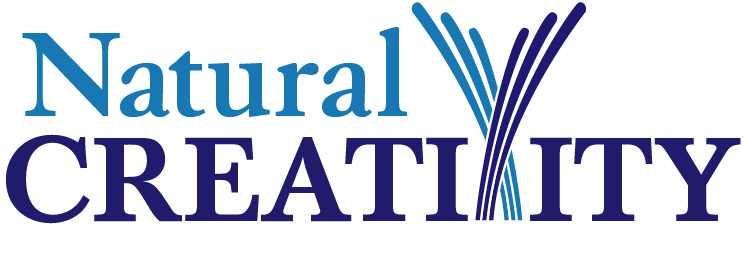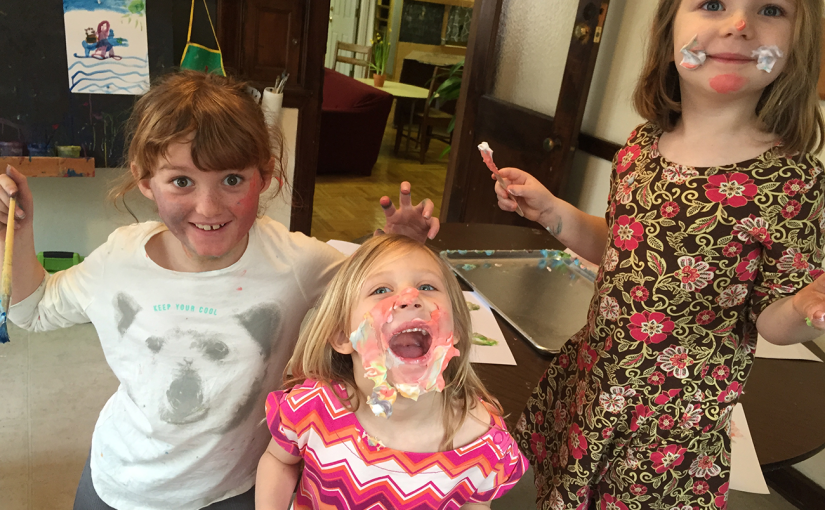What is the controversy around standardized testing?
Standardized testing has had two major milestones in recent history – 1983 and 2001 – and each has had a profound affect on the lives of students across America. In 1983, the National Commission on Excellence in Education published A Nation at Risk, which detailed a number of supposed failings of American public schools and offered suggestions for how best to address each. For many, this moment is considered the start of the Standards Movement in American education, as one of the major claims – that a standardized curriculum, with regular assessment, would improve educational outcomes across the country – would come to dominate reform debates for the next 30 years.
With the passage of No Child Left Behind, in 2001, the driving rhetoric of standards, accountability, and testing intensified, resulting in massive increases in state spending on yearly assessments, along with a subsequent increase in time and energy spent during school hours (not to mention after school and weekends) on test preparation and practice. In a report for Stateline, Pauline Vu (2008) pointed to a rise from $423 million in annual state spending on standardized tests in 2002 to $1.1 billion in 2008. The Center on Education Policy reported in 2007 that 44% of school districts reduced time spent on science, social studies, and the arts by an average of 145 minutes per week (Ravitch, 2010). Simply asking teachers and students in public schools over the last 15 years would help one understand the domineering presence these tests have come to have.
In addition to the vast increase in resources allocated to testing, there are a growing number of criticisms that are gaining momentum. Some of the most pressing are:
- Does the testing format – consisting mostly of multiple choice questions (with a small number of open-ended or essay questions, that bring their own causes for concern, particularly in how, and by whom, these questions are scored) – accurately assess student understanding of a given topic?
- Do students actually benefit from “teaching to the test” (in which classroom instruction is dictated by the material known to be assessed on the tests) or other pedagogical choices made as test preparation? Or, at a school-wide scale, do students benefit from budgetary and scheduling decisions made in deference to the tests, such as eliminating art and music programs in order to increase class time for Math and English?
- In a global economy, where creativity and collaboration are almost universally accepted as crucial to individual and community success, do standardized tests (and the resources allocated to them) actually assess the skills we know to be valuable? In other words, does a high score on a standardized test correlate to success in life after school?
What do the tests measure and what can they predict?
Because of the types of assessments used, the scope of skills and knowledge measured is quite narrow. For example, multiple choice tests, which comprise the majority of standardized tests, leave little room for the nuance of thought behind an answer and, more importantly for those interested in the process of learning, do not provide space for the thinking behind an answer. While math teachers often require students to “show their work”, in the form of notes outlining each step of the problem-solving process, standardized tests consider only the final answer. The teacher who knows the student can look back over the steps to better understand how the student is thinking through a problem; the test scorer has no space for this.
The multiple choice format also introduces opportunities for mistakes to be held against students, teachers, and schools. By mistakes, we mean more than a student not knowing an answer; rather, there have been numerous reports about test booklets filled out incorrectly at some point in the process, as well as correctly completed booklets misscored by the test companies, and the results of these mistakes have more impact on the individual students and schools than they do on the test companies.
In efforts to shift the testing procedure (slightly) away from the multiple choice format, many tests have introduced open-ended or essay questions, requiring students to write in a response. While the intent may have been to create better assessments, the effect did not match. Reports found that test companies hired underqualified graders – individuals with little or no experience in the content area in which they scored student tests – who are allowed to spend only a few seconds per response.
Basically, standardized tests can measure, with some validity, a very narrow scope of student learning. These tests are particularly helpful at assessing very specific fact recall (names, dates, events) and very specific operational understanding of math problems (though the ability to generalize math concepts may not be measured). If education is more than this – and we believe it is – the tests miss an enormous amount of what constitutes education. Additionally, because of the narrow scope, the predictive ability of standardized tests is minimal. When one considers the importance of creativity, collaboration, and transferable conceptual understanding in our world (i.e., the ability to use skills and processes from one type of learning experience to novel experiences), one can easily see that the standardized tests as we know them are not very good at predicting or improving outcomes in these areas—and these are the attributes that business leaders and policy makers use to describe the kinds of employees and entrepreneurs who are most successful. This is what we should be emphasizing, not simply regurgitation of known facts and procedures.
What to do with this information?
Many young people, either acting alone or in concert with their parents, have “opted out” of standardized testing. This means they refuse to take a test; this can be an active refusal, such as by walking out or not coming to school during testing, or it can be passive, such as filling in the score sheets at random or sitting at one’s desk and not filling in any bubbles. Still other families have chosen to “opt out” of conventional schools altogether, citing the tests and test culture as symptoms of larger problems in how schools view and treat young people.
If you would like to learn more about the impacts of testing on young people and education in general, or would like to explore options outside the conventional school paradigm, contact any of the alternative education organizations listed below,
- Natural Creativity (www.naturalcreativity.org) – Philadelphia, PA
- Open Connections (www.openconnections.org) – Edgemont, PA
- Talking Stick Learning Center (https://talkingsticklearningcenter.org) – Philadelphia, PA
- Philadelphia Free School (www.phillyfreeshool.org) – Philadelphia, PA
OR read more:
Links for further reading
http://neatoday.org/2016/05/11/educators-against-testing/ – Educators stand up against developmentally inappropriate tests
http://www.edweek.org/ew/articles/2016/03/23/the-fatal-flaw-of-educational-assessment.html
http://www.motherjones.com/politics/2011/05/students-teachers-obama-NCLB -What standardized tests miss
Written by Christopher Steinmeier, Director of Programs & Lead Facilitator, Natural Creativity


